As part of the #codesign17 activity led by Jisc I proposed an idea which suggested that we should focus more on connecting tools together than creating new ones (see original post here).
Having worked in #edtech for a number of years (and in particular exploring the motivations of staff & students in the use of digital tools and services for learning & teaching) I have observed that we don’t tend to build the same relationships with our #edtech as we might do with our personal tech (mytech). I’m not suggesting that we should have the same relationships, but what I have also observed is that generally our motivations for the use edtech v mytech are very different.
Self-Determination Theory frames motivation around these 3 experiences as individuals: autonomy, competence, and relatedness.
In “mytech” these 3 domains are very much intrinsically motivated. The user has autonomy over the choice of the tool and how they use it (although some motivation may come from others using the same digital tool/service). The user’s level of competence is determined by their need to use the tool/service in particular ways, but there is a considerable amount of self-efficacy when it comes to developing additional competency. Most importantly though is the relatedness of the tool/service. The user has a genuinely intrinsically motivated reason for using this technology.
Imagine an “edtech” experience in which the user also has the same intrinsic motivations, what could we achieve?However, the edtech environment is largely driven by an adoption model which is more extrinsically motivated, and whilst some extrinsic motivation can be useful I am personally critical of “baseline requirements” which force staff to meet a minimum standard. In that scenario the autonomy has largely been totally removed with the requirement to use a specific tool (and often in a certain way).
A user’s level of competence is determined by a set of requirements and measured against the “baseline” rather than allowing the user to identify their own level competence (both in terms of need and current level). Finally the relatedness of the use of digital tools and services becomes focussed on something I “have” to do rather than something I “want” to do.
However, within a UK HEI it is important, for a number of reasons, to have institutional systems to manage student data, safeguard staff & students and to quality assure the delivery of our provision. So, how can we increase a users autonomy, competence and relatedness within our edtech environments.
My suggestion is to develop an IFTTT approach to edtech. Their mission is simple “IFTTT empowers you to do more with the services you love.” It connects the services we use together to make them even more effective.
The key here is that IFTTT recognises we all use different tools depending on a number of personal motivations. We don’t all use Instagram for images for example, but we may want to be able to share images with some of our friends who may be on Instagram – so why shouldn’t I be able to connect my preferred tool (Flickr) to Instagram?
What if we could develop an architecture which allowed staff & students to use their preferred technology but connect that to institutional tools and services? As an example, if we ask our students to develop a reflective eportfolio as part of an assessment we may suggest that this be done within the institutional portfolio system (for example so that the external examiner has easy access and so we can archive the work in case of any appeals etc), but a student may already have a private blog space where they already do reflective writing – so let’s connect their preferred space to the institutional space. The benefits of this are:
- Students can still use their preferred tool (with all the intrinsic motivations that come with that).
- Students maintain autonomy over their choice of tools
- Students already have a set of competence developed and do not need to “learn” a new system.
- Students have a level of increased relatedness in using the tool personally and educationally.
- The Institution still has access to the student submission.
- The institution maintains it’s quality processes and safeguards student data.
Whilst the concept is easy enough to grasp, the implementation is going to be much harder. The Jisc #codesign17 activity provides the potential for us to really begin to explore the potential in this area and I am excited by the possibilities.
Imagine, we could we working in an edtech environment using the tools we have chosen to use, not just those we might be required to use.




No responses yet